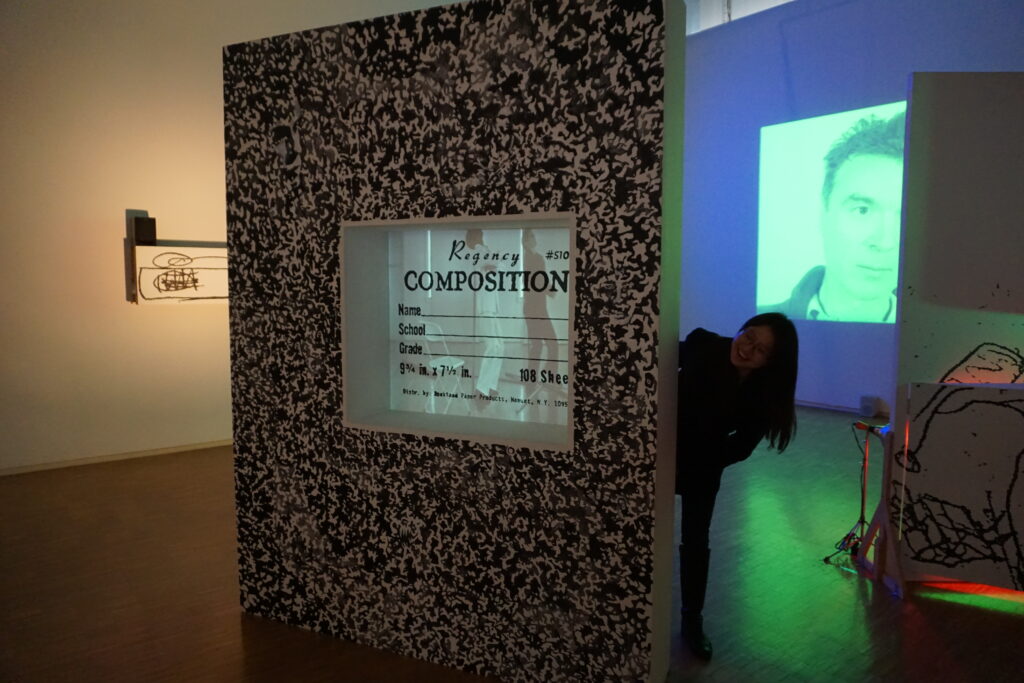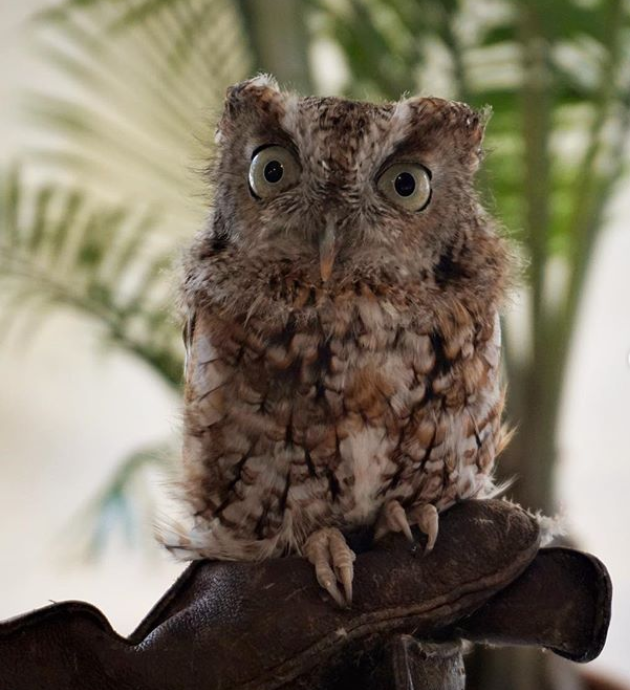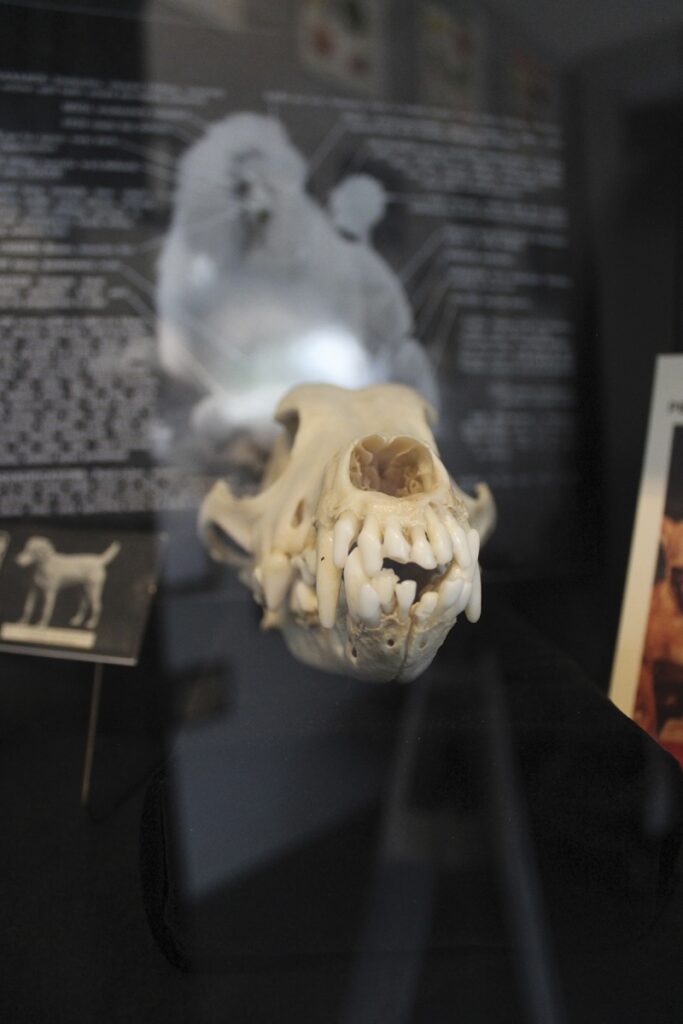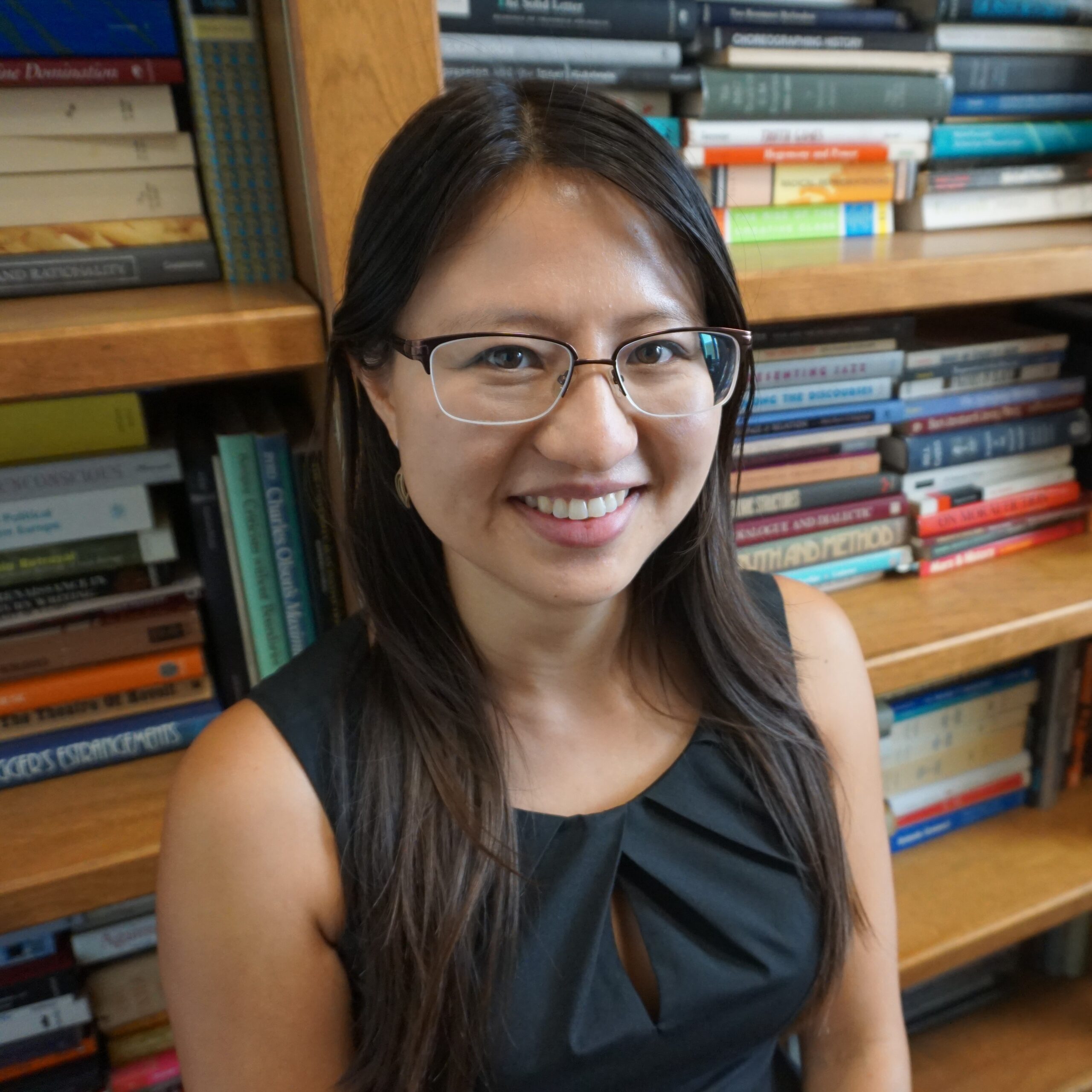
Writing Projects
Homing in on Etymology in the Writing Classroom (2023)
Composition Studies
This essay illuminates adaptable and multimodal ways of teaching with etymology and idiomatic origin stories in the composition classroom. I model my pedagogical approach with a topic central to my rhetorical research—pigeons in histories of human communication—and the rich etymologically-linked concepts of homing in, pigeonholing, and dovetailing. While orienting my exploration around this model, I invite instructors to travel with these ideas, to migrate and adapt these approaches to the thematic and topical foci in their own teaching and research.
The Satirical Rhetorics of [Re]Tweeting Birds (2023)
Animal Satire, collection edited by Robert McKay and Susan McHugh (Palgrave Studies in Animals and Literature)
This chapter reins together a range of avian voices on Twitter and analyzes the conceptual and comedic output of accounts claiming to be run by birds themselves. It makes sense for birds to flock to this platform, named for the chatter of birds. From the Latvian @Hungry_Birds to the Australian @ChickenTreat, to Bird @ProBirdRights (the small European robin with big opinions on American politics), to Sesame Street’s Big Bird (whose Twitter handle is @BigBird), and more, I ask: what rhetorical and satirical sensibilities are conveyed in these mimetic attempts? What do so-called avian influencers provide to human followers in virtual and physical worlds?
By Shattering the Vulture’s Nose (2020)
The Goose: A Journal of Arts, Environment, and Culture in Canada
This project explores an unusual ornithological debate between 19th-century naturalists John James Audubon and Charles Waterton on the olfaction of vultures. Both naturalists involved were also artists—certainly more than they were scientists—and prone to artifice and performative amplification. This article examines the rhetorical dynamics of this niche but sensational debate on avian olfaction, and its problematic influence on scientific progress.
Avian Figures and the Fluidity of “Jizz” (2019)
Interdisciplinary Studies in Literature and the Environment (ISLE)
This essay profiles the term “jizz,” a word of enigmatic etymology, arguably canonized in birding vocabulary before being popularized as sexual slang. While mapping out the polysemic entity of “jizz,” I investigate how avian discourse has been negotiated by community and professional scientists in the English-speaking world, and suggest applications for its productive use in literary and rhetorical studies.
Thirteen Ways of Looking at Grip the Raven (2018)
Frame: Journal of Literary Studies
Grip was the first and favorite of several ravens Charles Dickens owned. Dickens declared his love for Grip in letters, fictionalized him in Barnaby Rudge (1841), and had the bird taxidermied. After Dickens’ death, the stuffed raven spent years in auctions before landing in Philadelphia, where Dickens met Edgar Allan Poe. Poe had reviewed Barnaby Rudge and critiqued Dickens’ Grip before composing his own raven masterwork and “Philosophy of Composition” (1846). Grip’s remains now reside alongside the handwritten manuscript of Poe’s “The Raven” in Philadelphia. This project explores Grip’s iterations — living, fictionalized, taxidermized — and parallels between biography and taxidermy.
Note: From the time I began researching Grip in 2011 to the time of this 2018 publication, Grip was commonly referred to as male, so he/him pronouns are used in my project. I learned recently through the wonderful picture book A Raven Named Grip: How a Bird Inspired Two Famous Writers, Charles Dickens and Edgar Allan Poe (2021) by Marilyn Singer, illustrated by Edwin Fotheringham, that the taxidermized Grip was in fact a female raven.
Forms & Feet of Fowl: Twisted Histories of Poultry & Prostheses (2017)
Trace: A Journal of Writing, Media, and Ecology
This anthrozoological essay features the tales of several footless fowl who rose to fame after being fitted with prosthetic devices. All of these disabled birds developed prosthetic relationships with their adopted human owners, to some extent, causing the birds and their owners to become unusual extensions of each other. By connecting a range of narratives and perspectives on poultry and prostheses in literal and figurative forms, I experiment with how juxtapositions of these stories and ideas might be productive in generating multidisciplinary conversations and critical-creative scholarship.
Book Reviews
Migratory Medleys and a Chorus of Care (2024) in Birding Magazine
Game: Animals, Video Games, and Humanity (2023) by Tom Tyler in
Interdisciplinary Studies in Literature and the Environment (ISLE)
Wingclaps for a Winning Pigeon Pocket Guide (2022) in Birding Magazine
A Unique U. K. Guide on Raptor Leftovers (2021) in Birding Magazine
Local Reports
Aviary Debuts Andean Mountain Habitat and Golden Eagle (2019) in The Northside Chronicle
Annual Owl Brunch Marks Halloween Season at the Aviary (2018) in The Northside Chronicle
Panel Explores the Politics of Tastemaking at Alphabet City (2018) in The Northside Chronicle
Getting Involved with Audubon Day and Pittsburgh’s Birds (2018) for Collecting Knowledge Pittsburgh
Revisiting Pittsburgh’s Pigeondom (2017) for Collecting Knowledge Pittsburgh
Campus Contributions
Radical Multimodal Revision (2021), pedagogy workshop for Writing Across Emory
The Digital Media Showcase: A Celebration of Multimodal Pedagogy (2018) for the University of Pittsburgh
Miscellaneous Media
Podcast appearance on Itty Bitty Coping Committee, interviewed by Ashlee Green and Karla Lamb (2021)
Podcast appearance on Your Bird Story, interviewed by Dr. Georgia Silvera Seamans for “Spark Bird” (2020)
Photographer for the Northeast MLA Convention (2018)
Photographer for Altered States by Sara Button (2014) in Pittsburgh Magazine


Feel free to connect with me on social media at Twitter, LinkedIn, & Instagram.
